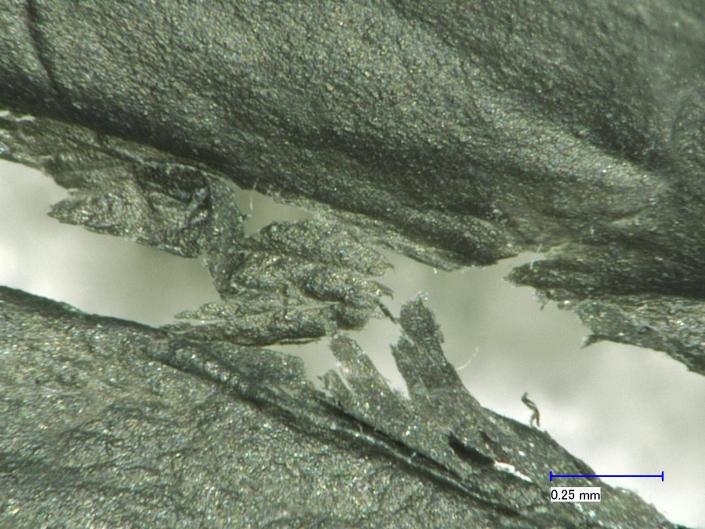One of Earth's coldest regions could pack secret to breaking down plastic

Views (184)

Bacteria and fungi in the Arctic and Alps could be the key to reducing plastic waste in a way that requires less energy and money, scientists say.
Using microorganisms to eat up plastic is not a new concept, but industries have relied on microbes that require temperatures of at least 86 degrees Fahrenheit to conduct their feasting. This requirement makes the recycling process more energy- and financial-intensive.
But the newly-uncovered microbes were found to break down plastics at temperatures as low as 59 degrees Fahrenheit, which if expanded to industry, could in theory make the process more efficient.
Of the 34 cold-adapted microbes they studied, they found 19 of the strains secreted enzymes that could break down some plastics. However, the only plastic that could be broken down were those that were biodegradable – none of the microbes could break down more traditional plastics, made of plastic polyethylene.
And while the discovery could be a key to paving the way for a better future of plastics recycling, scientists say there is still a lot of work that must be done.
"The next big challenge will be to identify the plastic-degrading enzymes produced by the microbes and to optimize the process to obtain large amounts of enzymes," study co-author Beat Frey said. "In addition, further modification of the enzymes might be needed to optimize properties such as their stability."
0 Likes
